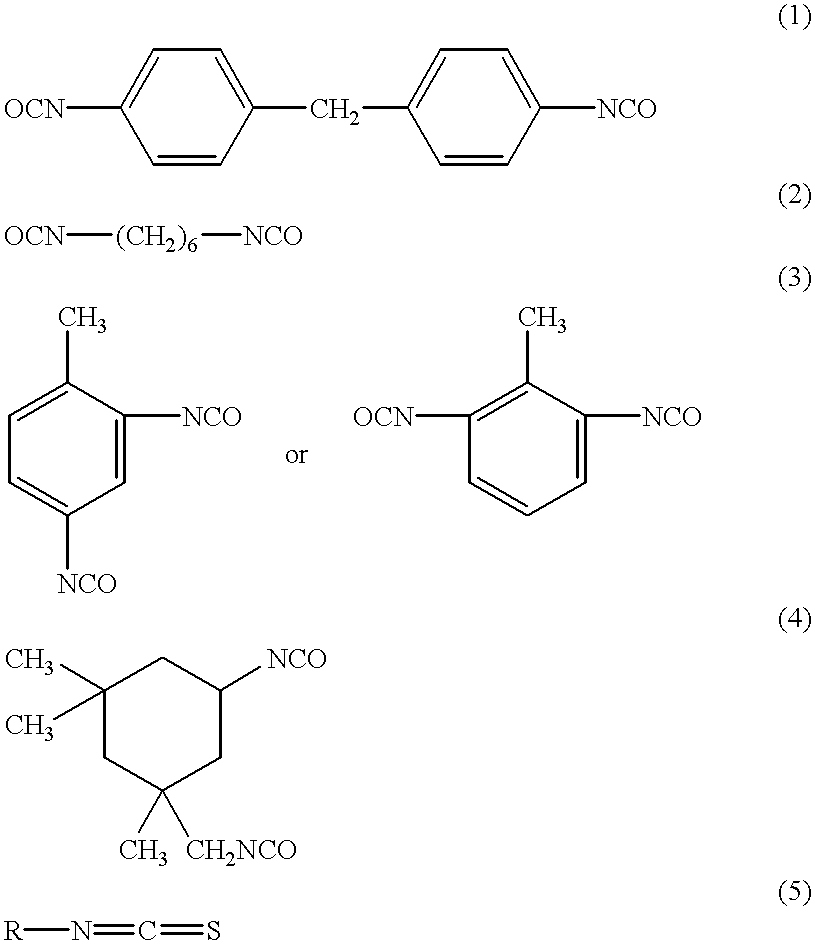Production of powder-molded body
a powder-molded body and body technology, applied in the direction of woodworking apparatus, metal-working apparatus, textiles and paper, etc., can solve the problems of low size precision, easy to take place, and hardly increased density of a molded body
- Summary
- Abstract
- Description
- Claims
- Application Information
AI Technical Summary
Benefits of technology
Problems solved by technology
Method used
Image
Examples
examples
Hereinafter, a production method of powder-molded body according to the present invention will be described further in details with reference to examples. However, the present invention is not at all limited to these examples.
1. Production of a Molded Body
A slurry for molding was produced by adding and mixing a dispersing agent to and in a dispersion medium in a room temperature (about 20.degree. C.) and then adding and dispersing a powder to and in the obtained dispersion medium to obtain a slurry and further adding and dispersing a gelling agent to and in the slurry and after that, adding a reaction catalyst to the resultant slurry.
The produced slurry for molding was poured in a mold and then kept still for a prescribed period and solidified by gelling to obtain a molded body. The molded body was a body formed by casting to a polymer beaker of 300 cc capacity and had a disk-like shape of .phi.60 mm.times.30 mm thick size. Next, the molded body was dried, debinded and fired in the ...
example 6
A molded body was produced in the same conditions as those of the example 2 except that the reactive dispersion medium used in the example 2 was changed to ethylene glycol, which is a diol. As a result, the viscosity of the slurry was increased and the fluidity was slightly decreased attributed to the high viscosity of the dispersion medium.
The molded body was excellent in the solidification state although the casting became difficult as compared with the examples 1 to 5 and a sintered body with a high density was obtained by firing the molded body.
example 7
A molded body was produced in the same conditions as those of the example 2 except that gelling was carried out by heating to 80.degree. C. without adding a reaction catalyst in the example 2. As a result, the slurry was quickly solidified in 5 minutes and a sintered body with a high density and a high strength as same as that of the example 2 was obtained by firing the molded body.
PUM
| Property | Measurement | Unit |
|---|---|---|
| temperature | aaaaa | aaaaa |
| thickness | aaaaa | aaaaa |
| shrinkage percentage | aaaaa | aaaaa |
Abstract
Description
Claims
Application Information
 Login to View More
Login to View More - R&D
- Intellectual Property
- Life Sciences
- Materials
- Tech Scout
- Unparalleled Data Quality
- Higher Quality Content
- 60% Fewer Hallucinations
Browse by: Latest US Patents, China's latest patents, Technical Efficacy Thesaurus, Application Domain, Technology Topic, Popular Technical Reports.
© 2025 PatSnap. All rights reserved.Legal|Privacy policy|Modern Slavery Act Transparency Statement|Sitemap|About US| Contact US: help@patsnap.com



